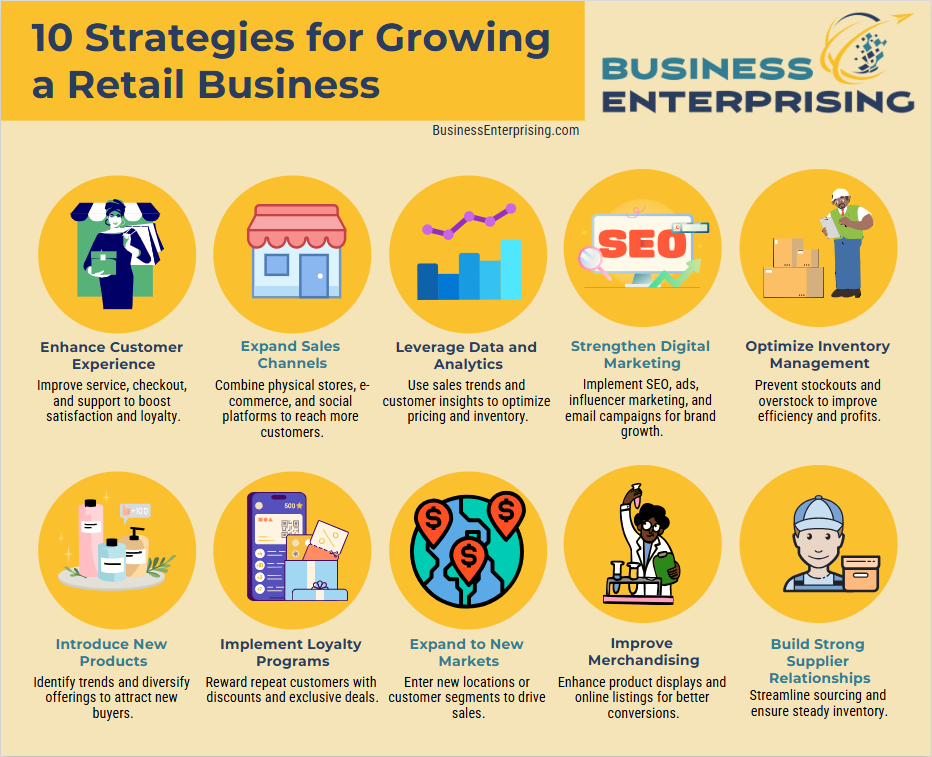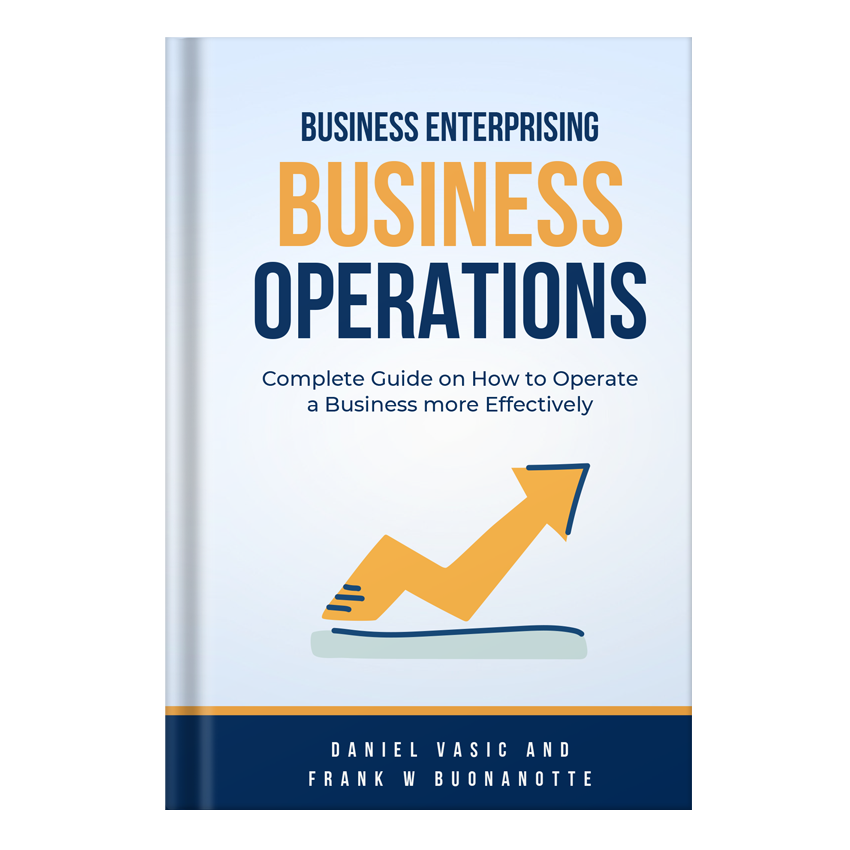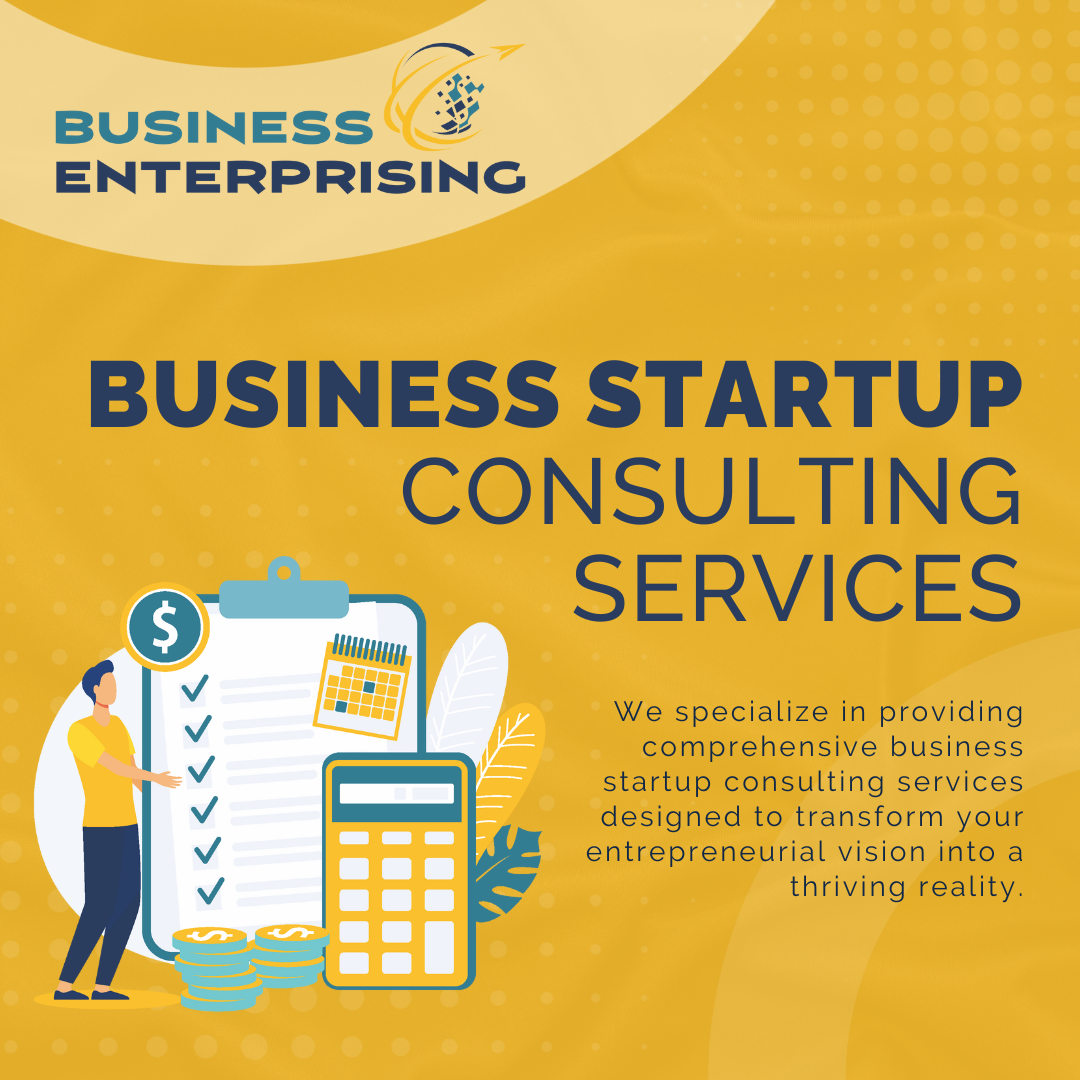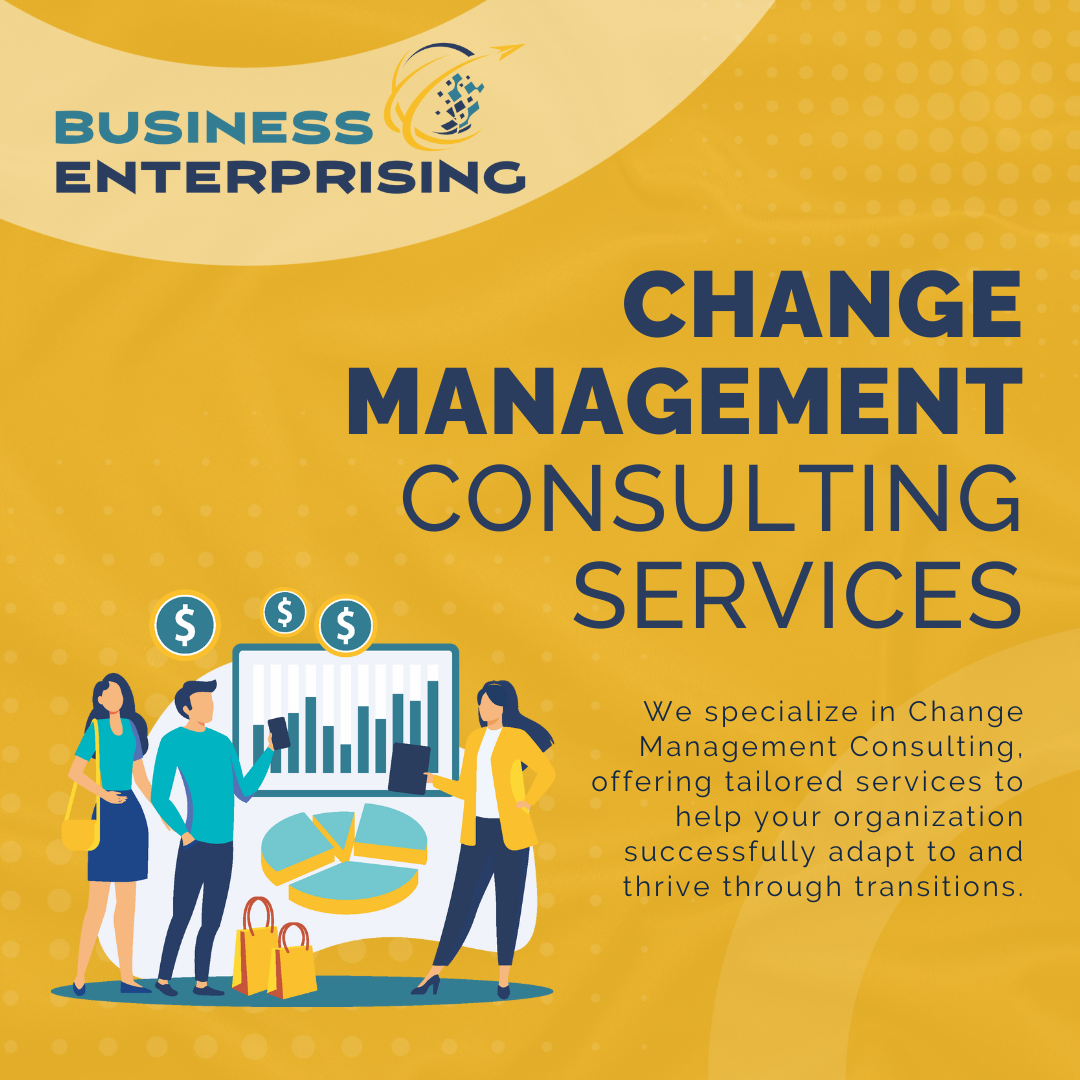 Introducing new products and expanding market reach are pivotal strategies for retail business growth. Identifying emerging trends enables you to diversify offerings and attract new customer segments. This approach fosters sustainable growth and enhances your competitive edge.
Introducing new products and expanding market reach are pivotal strategies for retail business growth. Identifying emerging trends enables you to diversify offerings and attract new customer segments. This approach fosters sustainable growth and enhances your competitive edge.
To begin, staying attuned to market trends is essential. By monitoring consumer preferences and industry developments, you can identify opportunities for new products. For example, the resurgence of K-beauty products demonstrates how aligning with trends can revitalize a brand’s presence. Additionally, expanding product ranges to include popular items, such as premium electronics, can attract affluent shoppers. This strategy not only meets evolving customer needs but also positions your brand as innovative and responsive.
Furthermore, diversifying your product line mitigates risks associated with market fluctuations. Offering a broader range of products caters to varied customer preferences, reducing reliance on a single product category. For instance, introducing private-label jewelry lines has allowed retailers to offer unique products and fill market gaps. This diversification enhances resilience and opens new revenue streams.
Exploring new customer segments is equally important. By tailoring products and marketing efforts to different demographics, you can expand your market reach. For example, launching products that appeal to younger generations, such as Gen Z, can significantly boost sales. Additionally, entering new geographic markets exposes your brand to a wider audience. This expansion requires understanding local preferences and adapting your offerings accordingly.
Incorporating these strategies for retail business growth ensures your brand remains competitive. By continually innovating and adapting to market demands, you can drive sustainable growth and secure a strong market position.
Improving Customer Experience to Build Loyalty
Enhancing customer experience is a pivotal strategy for retail business growth. Personalized service, seamless shopping experiences, and active customer engagement are key components that foster loyalty and encourage repeat purchases.
Personalized service significantly influences customer retention. Studies indicate that 80% of customers are more likely to do business with a company if it offers personalized experiences. Additionally, 60% of shoppers anticipate becoming repeat buyers following personalized shopping experiences. By tailoring interactions and recommendations to individual preferences, you make customers feel valued, thereby increasing their likelihood to return.
A seamless shopping experience also plays a crucial role in customer satisfaction. When the purchasing process is smooth and uninterrupted across various channels—be it online, mobile, or in-store—customers are more likely to complete their purchases and return in the future. This streamlined approach reduces friction, enhances satisfaction, and fosters loyalty, contributing to sustained business growth.
Active customer engagement further strengthens loyalty. By soliciting feedback, addressing concerns promptly, and involving customers in decision-making processes, you demonstrate that their opinions matter. This engagement not only builds trust but also provides valuable insights into customer needs, allowing for continuous improvement of products and services.
Incorporating these strategies for retail business growth—personalized service, seamless shopping experiences, and active customer engagement—creates a robust foundation for building customer loyalty. This loyalty translates into increased retention rates and repeat purchases, driving sustained success in the competitive retail landscape.
Expanding Sales Channels with Omnichannel Strategies
Integrating physical stores, e-commerce platforms, and social commerce channels is essential for modern retailers. This omnichannel approach broadens customer reach and enhances sales opportunities. By providing a seamless shopping experience across all touchpoints, you cater to diverse consumer preferences. This strategy aligns with effective strategies for retail business growth.
Physical stores offer tangible interactions, allowing customers to experience products firsthand. However, limiting sales to in-store purchases can restrict your market. By incorporating e-commerce platforms, you enable customers to shop conveniently from anywhere. This expansion meets the growing demand for online shopping options. Additionally, integrating social commerce leverages social media platforms to promote and sell products. This method taps into the vast user base of these networks, increasing brand visibility. Consequently, you attract potential customers who prefer shopping within their social feeds.
Moreover, a unified omnichannel strategy ensures consistent branding and messaging across all platforms. This consistency builds trust and recognition among consumers. For instance, offering services like “buy online, pick up in-store” (BOPIS) combines the convenience of online shopping with the immediacy of physical stores. This integration not only enhances the customer experience but also drives foot traffic to your brick-and-mortar locations. As a result, you create additional opportunities for in-store purchases. Embracing these strategies for retail business growth positions your brand to meet evolving consumer expectations effectively.
Incorporating omnichannel strategies requires thoughtful planning and execution. However, the benefits of increased customer engagement and sales growth make it a worthwhile investment. By aligning your physical and digital channels, you create a cohesive shopping journey. This approach not only satisfies current customers but also attracts new ones, fostering long-term business growth.
Leveraging Data and Analytics for Smarter Decisions
Leveraging data and analytics is essential for retailers aiming to refine pricing, promotions, and product selection. By analyzing customer insights, sales trends, and inventory data, you can make informed decisions that drive growth. These strategies for retail business growth enable you to adapt to market demands effectively.
Understanding customer behavior is crucial. Analyzing purchase patterns and preferences allows you to tailor offerings to meet demand. For instance, data analytics can help identify in-demand products and forecast accurately, reducing stockouts and overstock situations. This approach not only enhances customer satisfaction but also optimizes inventory management.
Monitoring sales trends provides valuable insights into which products are performing well. By identifying top-selling items, you can allocate resources more effectively. Additionally, tracking seasonal fluctuations helps in planning timely promotions. This data-driven approach ensures that marketing efforts align with consumer interests, maximizing impact.
Inventory data analysis is another critical component. Understanding stock levels in real-time enables proactive management, preventing shortages or overstock situations. This efficiency leads to cost savings and improved cash flow. Moreover, integrating inventory data with sales and customer insights allows for a holistic view, facilitating strategic decisions that support business growth.
Incorporating data analytics into your retail strategy empowers you to optimize pricing, promotions, and product selection. By leveraging these insights, you can enhance customer satisfaction and drive profitability. Embracing these strategies for retail business growth positions your business to thrive in a competitive market.
Enhancing Digital Marketing and Social Media Presence
Enhancing your digital marketing and social media presence is essential for implementing effective strategies for retail business growth. By employing tactics such as search engine optimization (SEO), paid advertising, influencer collaborations, and targeted email campaigns, you can significantly boost brand awareness and attract new customers.
SEO is a fundamental component of digital marketing. By optimizing your website’s content and structure, you improve its visibility on search engines, making it easier for potential customers to find you. This increased visibility can lead to higher website traffic and, consequently, more sales. Additionally, a well-optimized site enhances user experience, encouraging visitors to stay longer and engage more with your offerings.
Paid advertising, such as pay-per-click (PPC) campaigns, offers immediate visibility. By bidding on relevant keywords, your ads appear at the top of search results, capturing the attention of potential customers. This targeted approach ensures your marketing efforts reach individuals actively searching for products or services like yours. Consequently, this can lead to increased website traffic and conversions.
Influencer marketing leverages the reach and credibility of individuals with substantial online followings. Collaborating with influencers who align with your brand allows you to tap into their audience, building trust and expanding your customer base. This strategy can be particularly effective in reaching niche markets and enhancing brand authenticity. Moreover, influencer endorsements often lead to higher engagement rates compared to traditional advertising methods.
Email campaigns remain a powerful tool for engaging with both existing and potential customers. By sending personalized content, promotions, and updates directly to subscribers’ inboxes, you maintain a direct line of communication. This approach keeps your brand top-of-mind and encourages repeat business. Furthermore, segmented email lists allow for tailored messaging, increasing the relevance and effectiveness of your campaigns.
Optimizing Inventory and Supply Chain Management
Optimizing inventory and supply chain management is essential for retail business growth. Effective strategies help reduce stockouts, prevent overstock, and streamline operations, leading to better efficiency and profitability.
To minimize stockouts, implement accurate demand forecasting by analyzing historical sales data and market trends. This approach enables precise inventory planning, ensuring products are available when customers need them. Additionally, setting reorder points for each item helps trigger timely replenishment orders, maintaining optimal stock levels.
Preventing overstock is equally important. Regularly reviewing inventory levels and adjusting them based on real-time sales data can prevent excess stock. Utilizing inventory management software provides visibility into stock levels, facilitating informed decisions. Moreover, implementing a first-in, first-out (FIFO) system ensures older inventory sells first, reducing the risk of obsolescence.
Streamlining supply chain operations enhances overall efficiency. Leveraging technology, such as AI and IoT, improves operations and reduces costs. Outsourcing certain processes to third-party logistics providers allows focus on core activities. Building strong relationships with suppliers ensures timely deliveries and effective communication. By adopting these strategies for retail business growth, you can optimize inventory management and supply chain operations, leading to increased profitability and customer satisfaction.
Introducing New Products and Expanding Market Reach
Introducing new products and expanding market reach are pivotal strategies for retail business growth. Identifying emerging trends enables you to diversify offerings and attract new customer segments. This approach fosters sustainable growth and enhances your competitive edge.
To begin, staying attuned to market trends is essential. By monitoring consumer preferences and industry developments, you can identify opportunities for new products. For example, the resurgence of K-beauty products demonstrates how aligning with trends can revitalize a brand’s presence. Additionally, expanding product ranges to include popular items, such as premium electronics, can attract affluent shoppers. This strategy not only meets evolving customer needs but also positions your brand as innovative and responsive.
Furthermore, diversifying your product line mitigates risks associated with market fluctuations. Offering a broader range of products caters to varied customer preferences, reducing reliance on a single product category. For instance, introducing private-label jewelry lines has allowed retailers to offer unique products and fill market gaps. This diversification enhances resilience and opens new revenue streams.
Exploring new customer segments is equally important. By tailoring products and marketing efforts to different demographics, you can expand your market reach. For example, launching products that appeal to younger generations, such as Gen Z, can significantly boost sales. Additionally, entering new geographic markets exposes your brand to a wider audience. This expansion requires understanding local preferences and adapting your offerings accordingly. Incorporating these strategies for retail business growth ensures your brand remains competitive. By continually innovating and adapting to market demands, you can drive sustainable growth and secure a strong market position.
Conclusion
Expanding your retail business requires a multifaceted approach. By implementing targeted strategies, you can enhance customer satisfaction and drive growth.
First, focus on improving the customer experience. Personalized service and seamless shopping journeys foster loyalty and encourage repeat purchases. Engaging customers through tailored interactions can significantly boost retention.
Next, consider expanding your sales channels with omnichannel strategies. Integrating physical stores, e-commerce platforms, and social commerce maximizes reach and sales opportunities. This cohesive approach ensures customers enjoy a consistent experience across all touchpoints.
Leveraging data and analytics is also crucial. Utilizing customer insights, sales trends, and inventory data allows for optimized pricing, promotions, and product selection. Data-driven decisions lead to more effective operations.
Enhancing your digital marketing and social media presence is another key strategy. Employing SEO, paid ads, influencer collaborations, and email campaigns can drive brand awareness and attract new customers. A robust online presence is essential in today’s market.
Optimizing inventory and supply chain management is vital for efficiency. Reducing stockouts, preventing overstock situations, and streamlining operations contribute to profitability. Efficient supply chains support consistent product availability.
Lastly, introducing new products and expanding market reach can drive sustainable growth. Identifying trends, diversifying offerings, and exploring new customer segments are effective strategies for retail business growth. Innovation keeps your brand relevant and appealing. By adopting these comprehensive strategies, you position your retail business for sustained success. Each approach contributes to a stronger market presence and improved customer relationships.



























